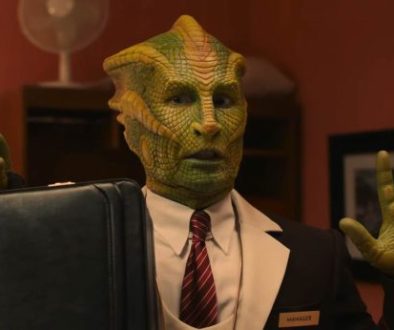Doctor Who – “The Devil’s Chord” Review – “Fear Her,” Indeed
Clint Hassell gives his SPOILER-filled commentary on the second episode of Series 14.

Note: this review contains full SPOILERS for episode 2 of Series 14.
Despite succeeding on several fronts, the experiment that is “The Devil’s Chord” doesn’t work, mostly because it crosses from science fiction into fantasy in a way that doesn’t suit Doctor Who’s narrative. Crossing genres can be a useful tool for a long-running television series, as it allows the writers to examine the characters through the unique filter of another type of story. Certainly, Doctor Who has crossed genres before—the earliest serials alternating between historical adventure and futuristic science fiction—though modern episodes have been more successful hewing closer to science fiction-adjacent genres like horror which utilize the same narrative rules.
Much of “The Devil’s Chord” lacks internal logic—a fact the episode gleefully celebrates as Ruby decries, “How could [the Maestro] be inside the piano? The piano wouldn’t work!” There is no difference between the Maestro’s reality warping abilities and magic, a staple of fantasy, which undermines this episode’s stakes, as magic within the Whoniverse is ill-defined. As a result, the audience cannot play along—a serious problem for a program that famously includes a companion character with which the audience is supposed to relate!
In this way, “The Devil’s Chord” could most closely be compared to Series 2’s “Fear Her,” which is similarly derided in part for its jarring genre shift. The Maestro’s musical staffs as grasping tentacles are akin to Chloe Webber’s sentient scribbles. Still, at least “Fear Her” utilizes its fantasy premise to give voice to Chloe, a victim of domestic violence; the message of “The Devil’s Chord” is merely “music is good.”
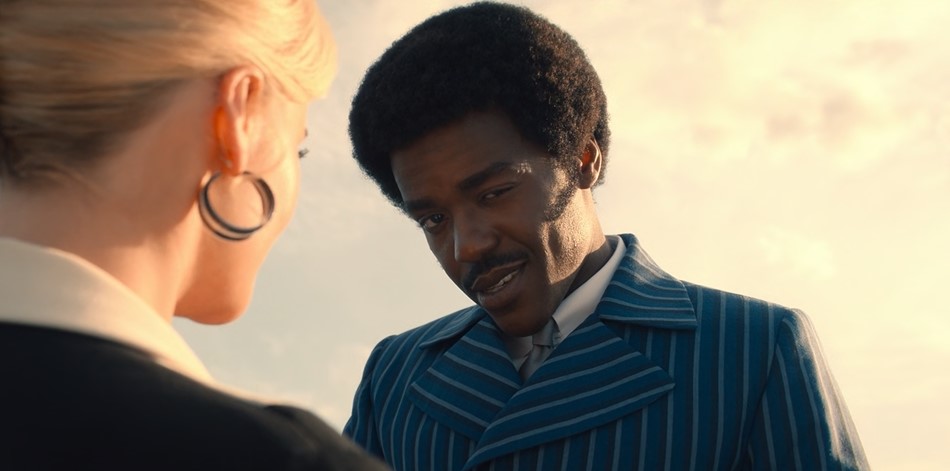
Another apt comparison could be made between “The Devil’s Chord” and an episode of the never-produced Nelvana Doctor Who series from the early 90s—both are cartoons. From the final battle that unabashedly steals from the plot of “The Devil Went Down to Georgia,” to the whimsy of the Doctor and Ruby playing the piano in sync, hands behind their backs, to the cacophony of musical notes flying about, the episode devolves into cartoon silliness.
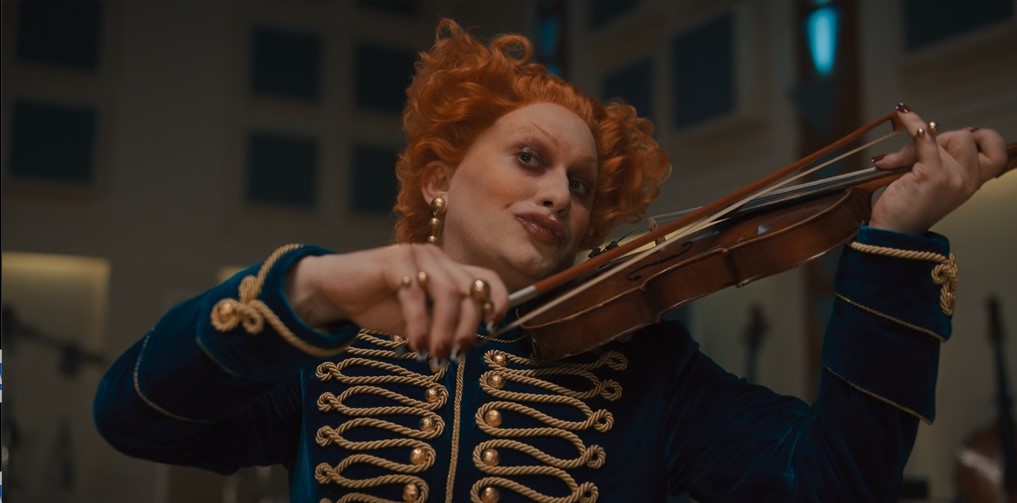
Still, the episode has many remarkable qualities. As always, Ncuti Gatwa and Millie Gibson’s chemistry is impeccable, and the narrative allows both characters to develop. It is curious that Fifteen is again seen running and hiding, with Ruby even chiding him for his actions. The Doctor notes that his bi-generation “literally tore my soul in half—I can’t survive that again,” indicating repercussions of the event beyond freeing Fourteen of the responsibility of constantly protecting the Universe. Gatwa’s Doctor is so fervent and full of joy! Similarly, Ruby takes on more of the “clever companion” role, finding a way into the Beatles’ recording sessions with her quick thinking. The episode also toys with the notion of Ruby as a time traveler, her memories of her relative present a seeming assurance that the Maestro doesn’t succeed in 1963.
However, both Gatwa and Gibson are overshadowed by Jinkx Monsoon as the Maestro. Though the character is problematic, wrecking the narrative by introducing fantasy elements to a sci-fi narrative à la Mr. Mxyzptlk in the Superman mythos, one cannot deny the over-the-top brilliance of Monsoon’s performance. Known to long-time fans as the only two-time winner of RuPaul’s Drag Race, Monsoon imbues her demigod-with-daddy-issues with a camp flair that matches the episode’s cartoonish panache.
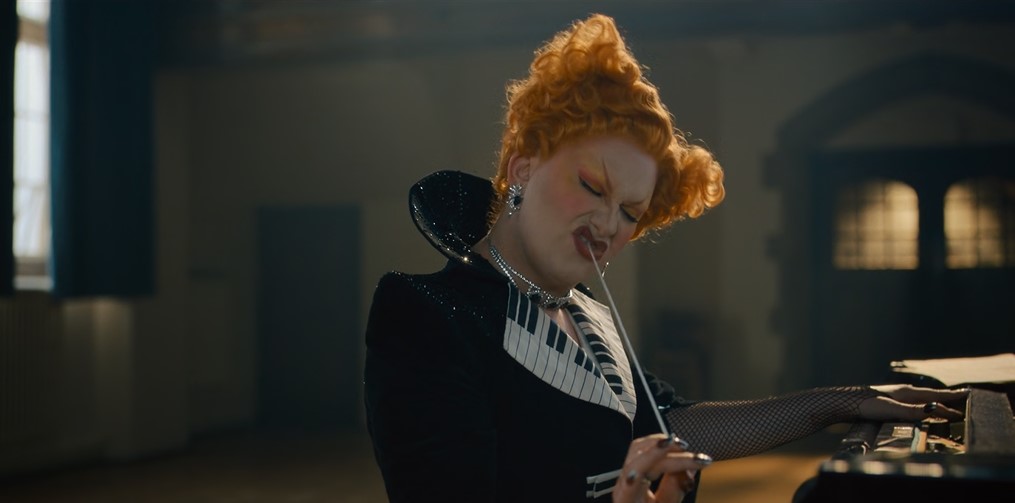
Further, the episode celebrates returning composer Murray Gold, whose work has defined modern Who, by repeatedly demonstrating how a song is composed. Note the altered title credits, which start with a single, repetitive note that gives way to a tune. Every four measures, another symphonic element is added to the score. The Doctor’s conversation with Paul McCartney is a similar exercise in songwriting, with Gold working McCartney’s imagined “G E G G C” melody into the background music, in time to the character’s dialogue. Finally, as Ruby plays the song she wrote for her friend Trudy, Gold’s score supplements the soft piano notes and the music swells, layered in ways that the script never matches.
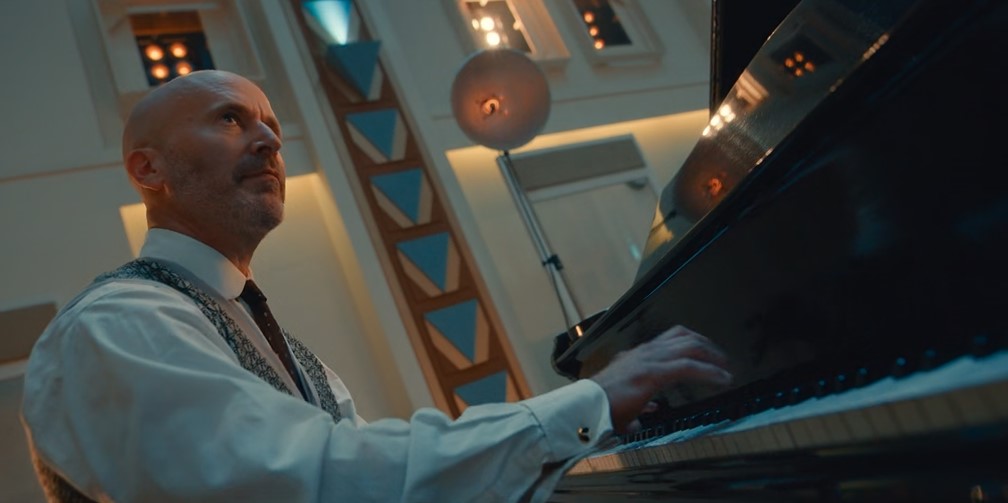
Ironically, despite the beautiful examples of song construction present throughout “The Devil’s Chord,” the script incorrectly uses almost every single musical term it mentions. Contrary to “world’s greatest composer” Timothy Drake’s assertion, a tune and a melody are the same thing. Drake was actually describing harmony, the effect of multiple notes being played at the same time, thus creating a richer, more pleasing sound. Music progresses in complexity from melody, to harmony, to symphony (a more elaborate composition with musical parts spread across many orchestral instruments), to rhapsody. It’s a shame that the episode’s script doesn’t get the terminology correct as a large part of the storyline involves the moment where emotion and musical creativity intermingle to create a rhapsody in music. Murray Gold must’ve recognized this, as he included a sample of Gershwin’s “Rhapsody in Blue” late in the episode’s score.
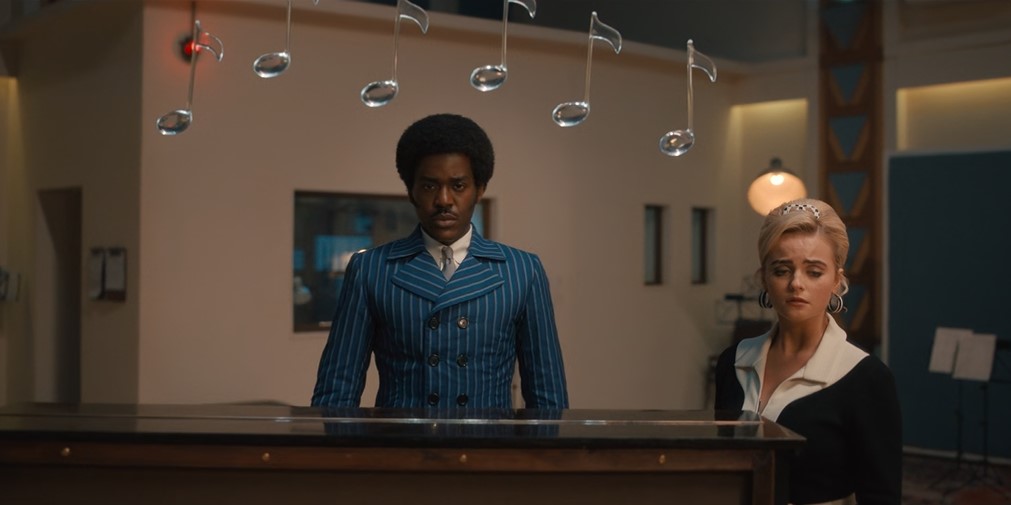
The one musical term the episode correctly identifies is “non-diegetic.” Music that occurs within the context of the story and can be heard by the characters is diegetic. Ruby playing a 7” vinyl on the TARDIS jukebox occurs within the narrative and can be heard by the Doctor and his companion, making that music diegetic. Non-diegetic music is heard by the viewing audience, but not by characters within the story, and it does not have an on-screen source. A primary example of non-diegetic music would be Murray Gold’s score, which makes the Doctor’s muttered comment, “I thought it was non-diegetic,” the script’s cleverest aside.
This is why “The Devil’s Chord” can get away with this final dance number, which literally twists the episode’s genre yet again—the scene is non-diegetic to the narrative. Music has been important to almost every incarnation of the Doctor and is one of the aspects of his character that endures between regenerations. It shouldn’t be surprising that the series is again featuring Gatwa’s vocal talent and dance prowess.
Random Musings
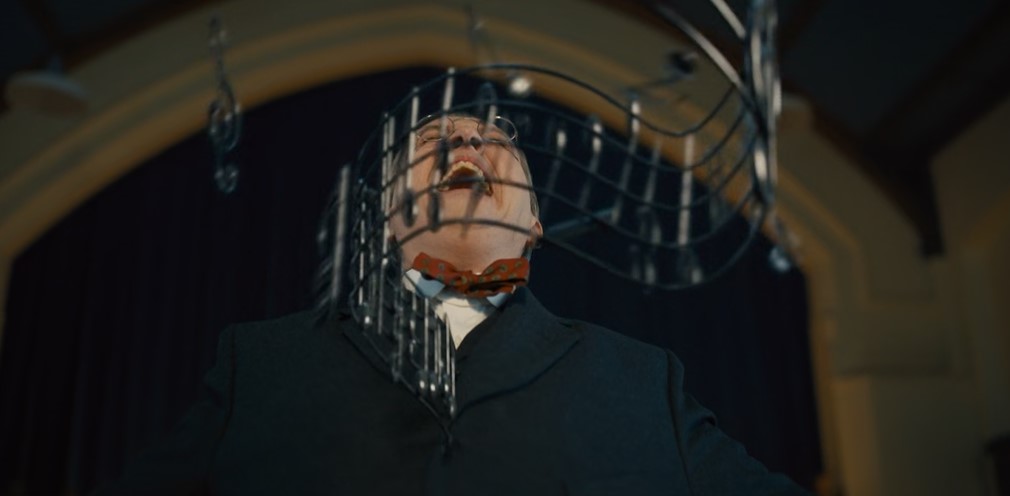
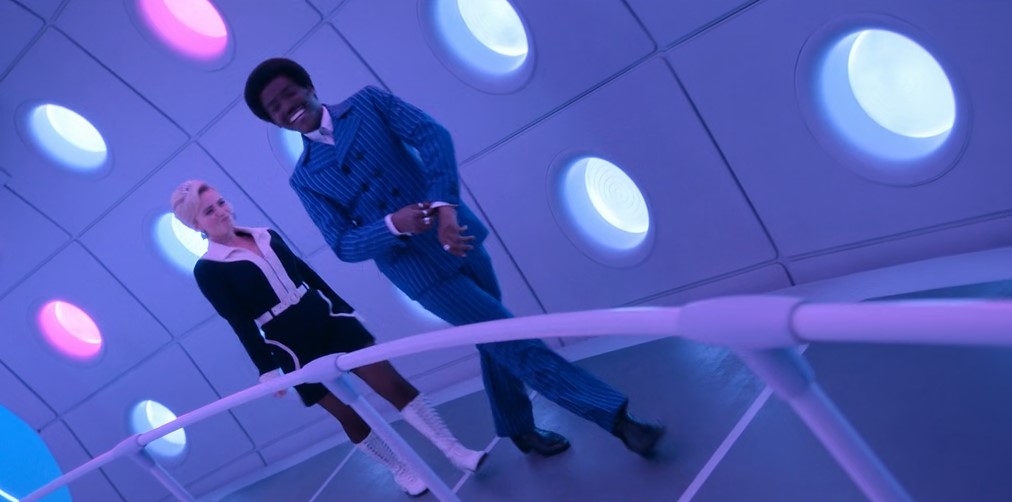
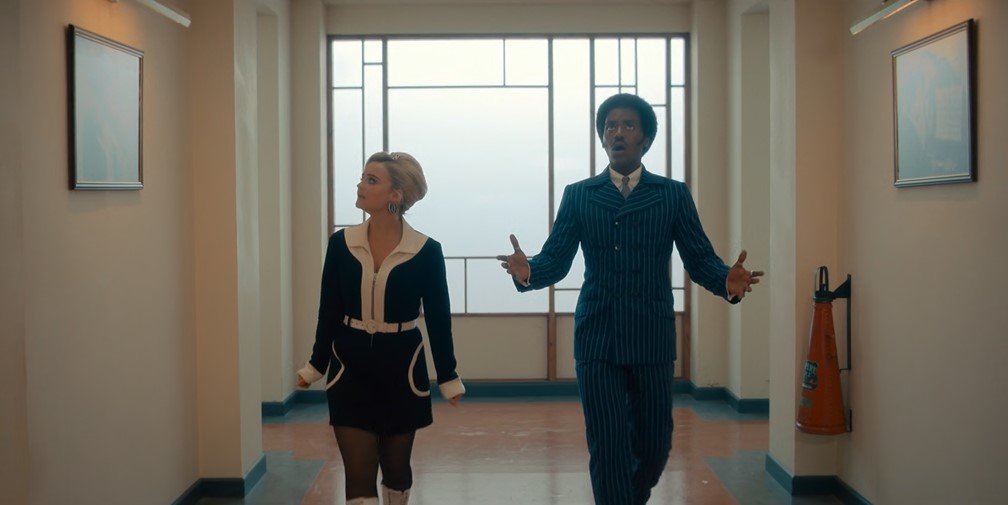






(Time) Capsule Review
Despite a plot garbled by narrative elements of the fantasy and musical genres and a complete misunderstanding of musical theory, “The Devil’s Chord” still manages to afford Fifteen and Ruby some character development and honor composer Murray Gold’s talents. Bolstered by Jinkx Monsoon’s over-the-top portrayal of the Maestro, the episode slips into cartoonish silliness.
If you’d like to interact with the author of this article, follow him on Twitter @ClintHassell.





